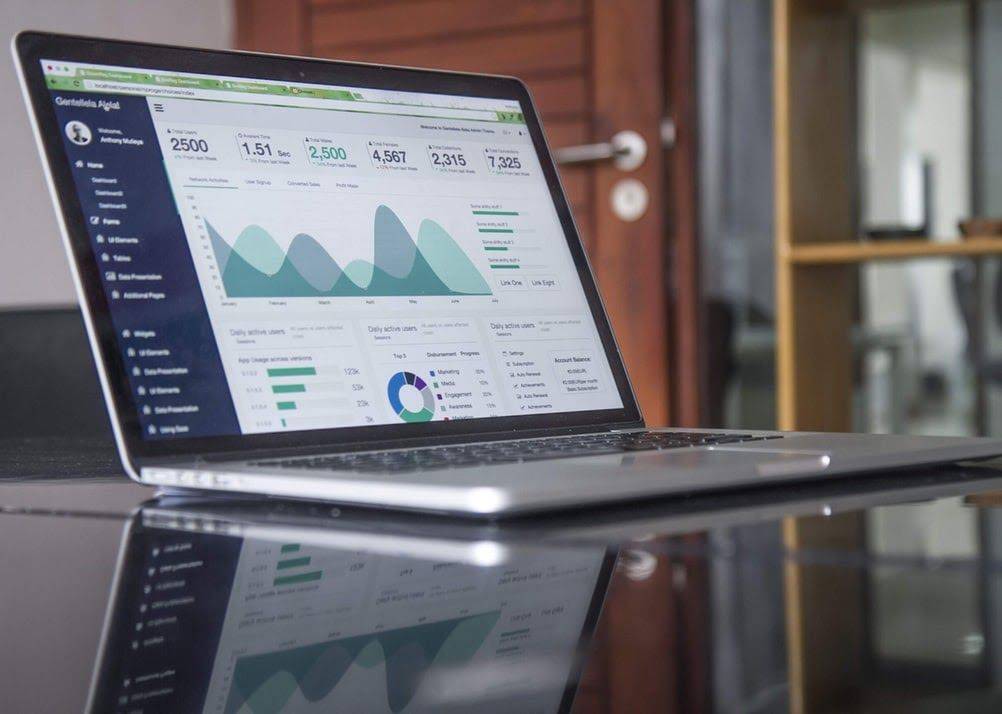For a small business, proper invoicing is crucial. And billing is an essential process that keeps your business running. The lack of a streamlined invoicing process can have a substantial negative impact on your solvency. Hence, you should focus on maximizing billing efficiency and spend some time figuring out the ins and outs of the process.
Here are 13 tips that can help you streamline and capitalize on billing productivity:
1. Flexible Billing

SaaS and eCommerce businesses depend on flexible billing because they typically bill customers on specific dates. Usually, it is the date the customer signs up. However, with flexible billing, that date can be modified. The reason you should implement the same method is the convenience for the customer. With flexible billing, you can set a different billing date that corresponds to your client’s financial cycles.
Another invoicing lesson you can learn is consolidating multiple billing dates for a single customer. If the client has more than one subscription for your service or product, and they all have a different date, you can consolidate them and give them one fixed billing date. That’s less hustle for you and your customers.
2. Hire a Billing Manager

If your business can afford the cost, you should consider hiring a billing manager that’s going to take care of the invoices. When one highly trained person is responsible for the management of the entire procedure, the risk of errors reduces. Moreover, if the billing manager has financial knowledge and excellent communication skills, your customers will be happier as well.
Billing in-house is always a more prudent option, and you can employ a professional to do it for you.
3. Clear Billing Terms

The billing terms are the basics of your invoicing procedure, and you have to state them in a clear and precise manner. When the conditions are agreed upon by both parties, and issues are handled in advance, you can expect a smoother relationship with the client. Avoiding any unpleasant surprises will go a long way towards getting you paid on time.
Furthermore, we would recommend you to set clear timeframes for deadlines and penalties. Your customers should know what to expect in any given situation. Keep the lines of communication open. When the invoice is due, you need to talk to your customers to find out when you can expect payment.
4. The Power of Consistency

Billing and consistency go very well together. In fact, consistency is imperative if you want to keep your business running. A reliable invoicing procedure creates a sense of predictability among your customers, which impacts your brand and future customer base. No matter which industry or niche you’re working in, customers want a certain level of certainty.
Promptly sending your invoices is also a good practice. It will minimize the risk of you forgetting to send an invoice or sending it too late to the client.
5. Business Invoicing

Business invoicing should be an easy, simple, and straightforward process. Hence, you should make sure that the structure of the invoice reflects that. The goal is to create a clear and precise invoice that will contain all the necessary information for the client. A professional invoice should have the following elements:
- Labeled as “Invoice” for easy identification
- Invoice number, date, and the due date
- Descriptions of the items/services and the price
- The total balance for the invoice
- Payment methods
It’s good practice to include the person responsible for the business invoicing in your company and their contact details at the bottom of the invoice. This information might come in handy for the customers that are having problems or issues with your invoice. They need to be able to get in touch with the right person in the company.
6. Billing Software

Today, almost every corporation, eCommerce business, freelancer, or small business owner is using billing software. In fact, it’s practically impossible to find a company that doesn’t use invoice management software.
You need software that will be flexible and highly-customizable, and that matches your invoicing needs perfectly. Furthermore, you should also check if the software can be easily integrated with the other tools you’re using.
With invoicing software, you’ll be able to create, send, and track your entire billing procedure. Plus, you’ll lower the risk for mistakes.
7. The Power of Contracts

Implementing contracts as a part of your business practice will keep your company safe. Contracts are legally binding, and it will be easy to prove their validity in a court of law or a business environment. They provide you with an additional layer of safety when it comes to non-payment and late payments.
Signing a contract signals to your customers that you’re a reputable business owner and that you’re ready to fulfill your obligations. It sets the terms for the entire relationship with your client, and it provides you with a legal basis for any claims.
8. Implement the Unbilled Charges Feature

Unbilled charges or non-posting transactions allow you to bill a customer with additional costs to the regular fees that are a part of the main invoice template. For example, if you spend more than the agreed hours working a project for a client, you’ll have to add the unbilled charges to the invoice. Unbilled charges can be:
- Billable expenses
- Credits
- Charges
- Time charges
If the invoice is recurring, you should specify if there are any unbilled charges to the regular invoice. There are various types of unbilled charges:
- Upgrade or downgrade to the existing package
- Switch to a different package
- Add on in the middle of the service package
- A one-time charge
9. Minimize Errors

The main reason you should be careful with your invoices is that they are the foundation for trust between you and your customers. If you continuously make mistakes and errors in the billing process, your clients will stop trusting you. And your brand and reputation might suffer because of it.
The easiest way to minimize invoicing errors is to use billing software that will calculate and track everything for you automatically. Hence, you’ll be in a position to check if everything looks right, instead of being the one that creates the invoice in the first place.
Automation will eliminate the chance for human error.
10. Create a Paper Trail

Proper organization is vital if you want to have an efficient and functioning invoicing system. And you should create a paper trail for each client and invoice you’re sending. Implementing a tracking system will allow you to find the data you need in a moment, which will save you time and money.
Creating invoices might be easy, but to efficiently manage them, you’ll need a numbering system and a monitoring system. However, if you’re already using billing software, these features are automatically enabled.
11. Follow-Ups & Reminders

Follow-ups and reminders are crucial if you want to get your funds on time. Mostly because customers and clients tend to forget about invoices, or they didn’t receive them at all. By sending a friendly reminder, you’re increasing your chances of getting paid on time. You should send follow-ups in the next instances:
A couple of days before the due date
- On the due-date
- A few days after the due date
- Consecutive follow-ups until the client pays the invoice
You should also include the payment methods and the contact information of the person responsible for the billing.
12. The Power of Convenience

Online payments are not the feature anymore, but the standard. And with the trends we can see in the financial world today, we’re moving towards a non-cash society. By 2022, only 17 percent of the world population will be using cash as a payment method. Hence, providing an option for online payment for your invoices is a must.
You need to make it easy and convenient for your customers to pay your invoices. And providing them with the option to click and pay, will have a very positive effect on your balance sheet.
13. Allow Prepayments

Prepayments or invoicing in advance is advisable if you’re working on a long-term project with an old client. Or it’s a common practice in your industry. Sometimes, the client wants to take care of the invoice in advance and is asking you to allow prepayment. Whatever the case may be, you should utilize this invoicing option if there’s a lengthy process of implementation and preparation involved.
With prepayments, you can schedule your billing in advance and plan the distribution of funds and resources. For example, if you’re an event organizer or you’re running a campaign, you will need prepayments for deposits and administrative fees.
Conclusion
Invoicing for a small business is as essential as the services you offer and the products you sell. And you have to make sure that your billing process and invoice software is working for you and your customers, which means you have to make it a priority.
Moreover, if you handle the billing process efficiently, then the impact on your brand and reputation will be positive. Your customers will appreciate your efforts, and the business will keep running.
Did you find this blog helpful for your business? Want more weekly insights to help grow your small business faster? Sign up below for our upcoming newsletter for free packed with curated tips and strategies to generate additional income!



